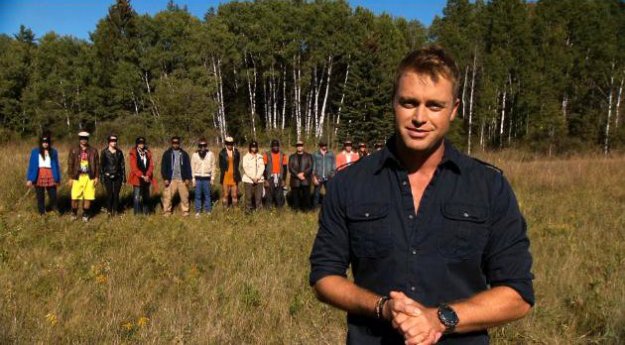
Every science fiction author has tried his or her hand at a time travel story, sometimes more than once. Some do well, avoiding the cliches — what if I accidentally kill my own grandfather? — and others jump headfirst into the eddies and paradoxes of the time stream.
A couple of notable time travel stories — both made into movies, with vastly different results — are Ray Bradbury’s 1952 short story “A Sound of Thunder,” in which future big-game hunters use the available time travel technology to travel into the distant past to hunt dinosaurs, and Richard Matheson’s 1975 novel “Bid Time Return,” in which a lovestruck modern-day man wills himself into the past to meet an actress from an old photograph.

Stephen King’s latest book, “11/22/63,” has echoes of both stories — the former in that its protagonist worries what might happen if he goes back in time and changes history and the latter in that a love lost in time is a central theme.
In the afterward to his 800-plus page book, however, King says he thinks Jack Finney’s “Time and Again” is “the great time travel story.”
Finney’s book, about a time-traveling tourist of sorts, also seems to be an influence on King’s novel.
King tells the story of Jake Epping, a teacher from modern-day Maine who reacts with disbelief when a friend tells him he’s stumbled upon — literally — a doorway back into time. A time portal is hidden in a little-used storage closet in the back of a diner in a small Maine town and the diner’s owner, Al, wants Epping to complete a mission that he could not: Save John F. Kennedy from assassination.
It seems that Al discovers that the time portal goes back to the same day — indeed, even the same minute — in 1958. Al has been going back and forth for years, enjoying his visits to the past and, while he’s there, buying cheap ground beef and bringing it back to the future. His suspiciously inexpensive hamburgers aside, Al has become fixated on a plan to save JFK from Lee Harvey Oswald’s bullets that fateful day in Dallas in November 1963.
Since this is a King story and King is known for his acknowledgement of human mortality, something goes wrong: Al is dying from cancer and is, in fact, likely to die before he can complete his mission. You see, he’s already gone back to 1958 and lived for several years in the past, waiting for the right moment to stop Oswald or anyone else with plans to kill the president.
So Al recruits Jake, urging him to go into the past and save JFK. If Jake is successful, Al believes all of modern history will turn on a dime and the world will be greatly improved. Vietnam might end early, saving the lives of thousands; Bobby Kennedy and Martin Luther King Jr. might never be assassinated. The potential world-changing events are nearly endless.
Of course, Al is right, but not in the way he believes.
Jake, who takes some convincing, has another mission in mind as well. The school where he teaches employes a janitor who, in the course of an adult education class, writes a story about the harrowing night in October 1958 when his father wounded him horribly and killed his mother and siblings. Jake reads the paper and is haunted by it.
Since Jake will materialize in the past just a month before that happens, why can’t he stop the familial slaughter then head for Dallas?
King’s readers know that the author wouldn’t let his characters move as cleanly and easily through the events of the story as all that.
One of my favorite elements of “11/22/63” is King’s theory that the past doesn’t want to be changed. More than the dangers of changing the flow of history — and the book dramatically details those — Jake finds there’s real danger in trying to effect change in the time stream. If you try to make a little change, the past pushes back in a little way. Maybe you get a flat tire or the stomach flu.
If you try to make a big change — and what change could be bigger than saving Kennedy? — the hands of time pummel your ass.
King’s book, which makes 800 pages read more like 400, takes its time with its characters. The first section is about Jake’s efforts to save the lives of the janitor’s family in 1958. The second is about the years between that time and Kennedy’s assassination, when Jake lives, under a new identity, in a small Texas town. It’s during this time the stakes start getting higher. Jake not only begins to find out everything he can about Lee Harvey Oswald but also falls in love with a troubled young woman working at the school.
The final section of the book is a propulsive countdown to Kennedy’s arrival in Dallas, with Jake facing very long odds in his effort to change history.
King loads his book with wonderful plot points, from how Al and later Jake subsidize their stay in the past to little details about the period and the towns where the story takes place. He even finds time to make reference to “It,” his creepy novel about a killer clown in a small Maine town.
You’ve probably read and seen dozens of time travel stories and maybe even more than a few about the Kennedy assassination (the 1980s TV remake of “The Twilight Zone” had a good one, “Profile in Silver”).
But few in recent memory explore the concept as cleverly and with as much emotion as King’s latest novel.














